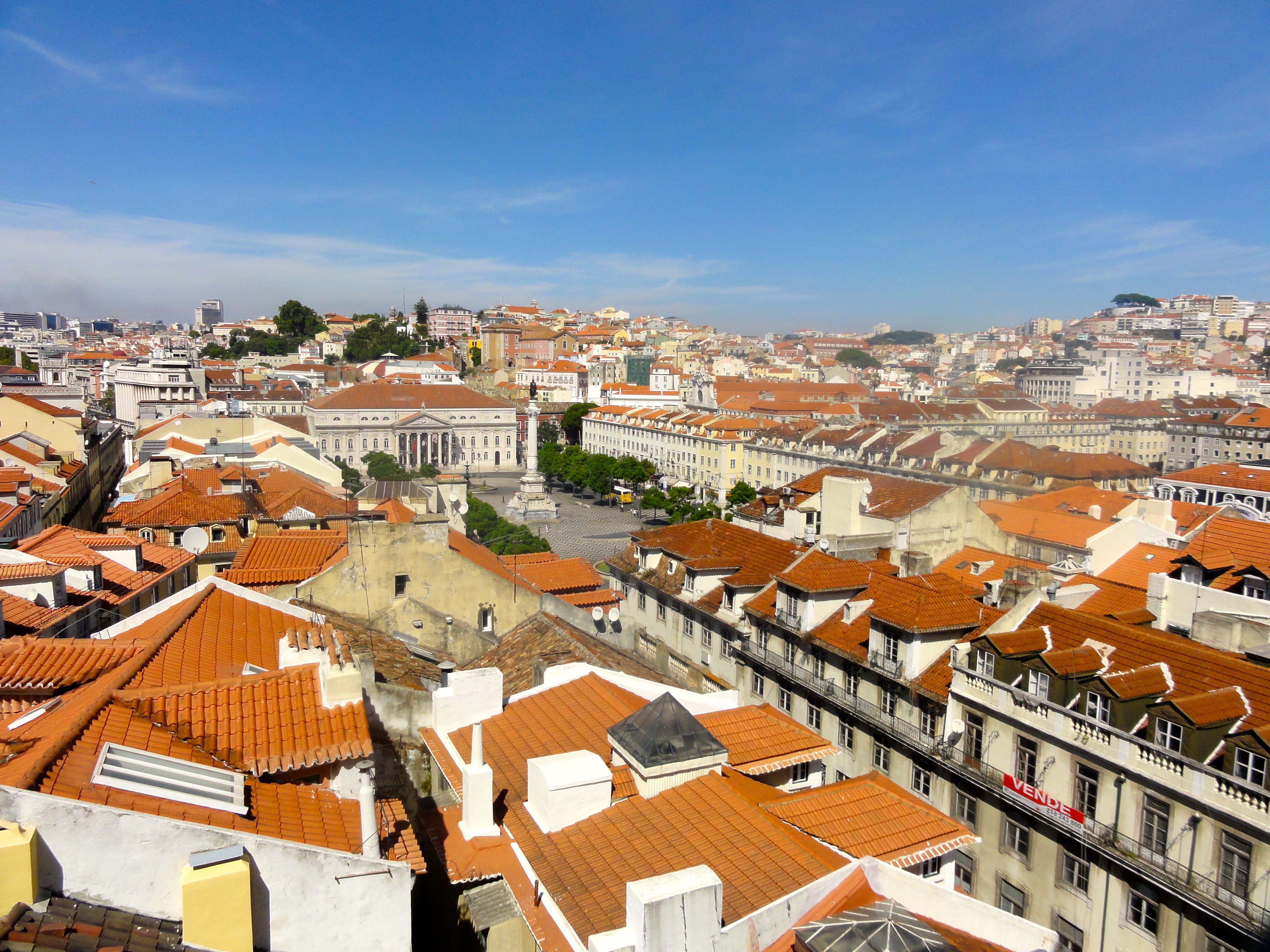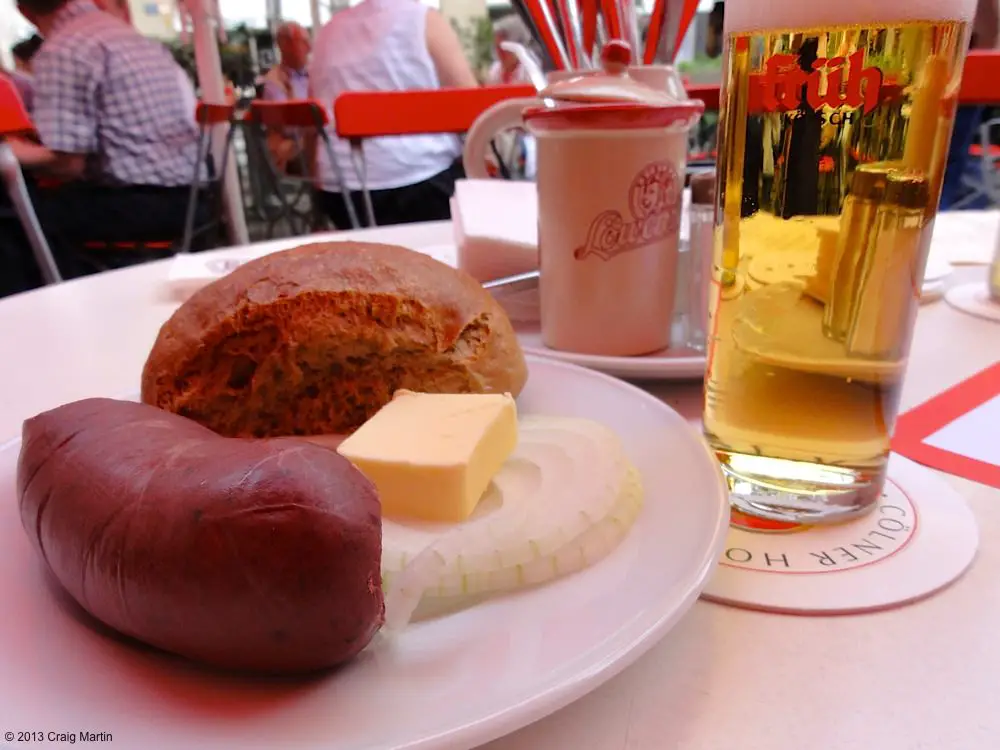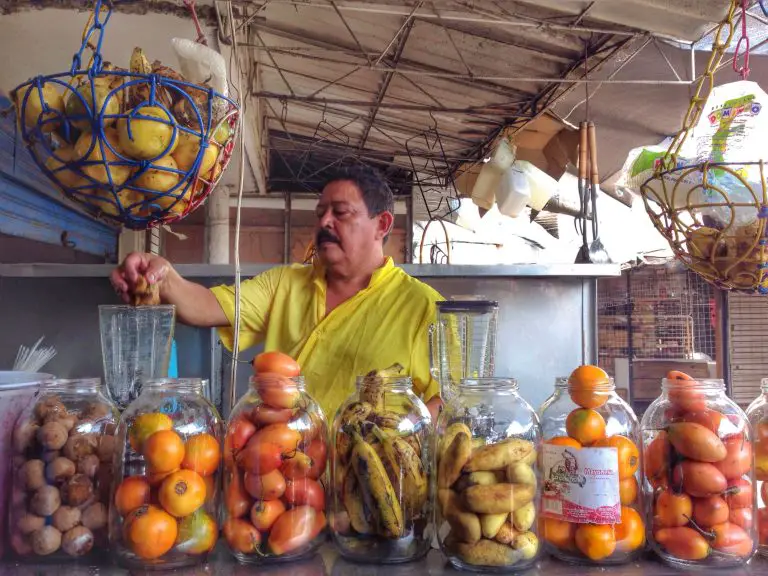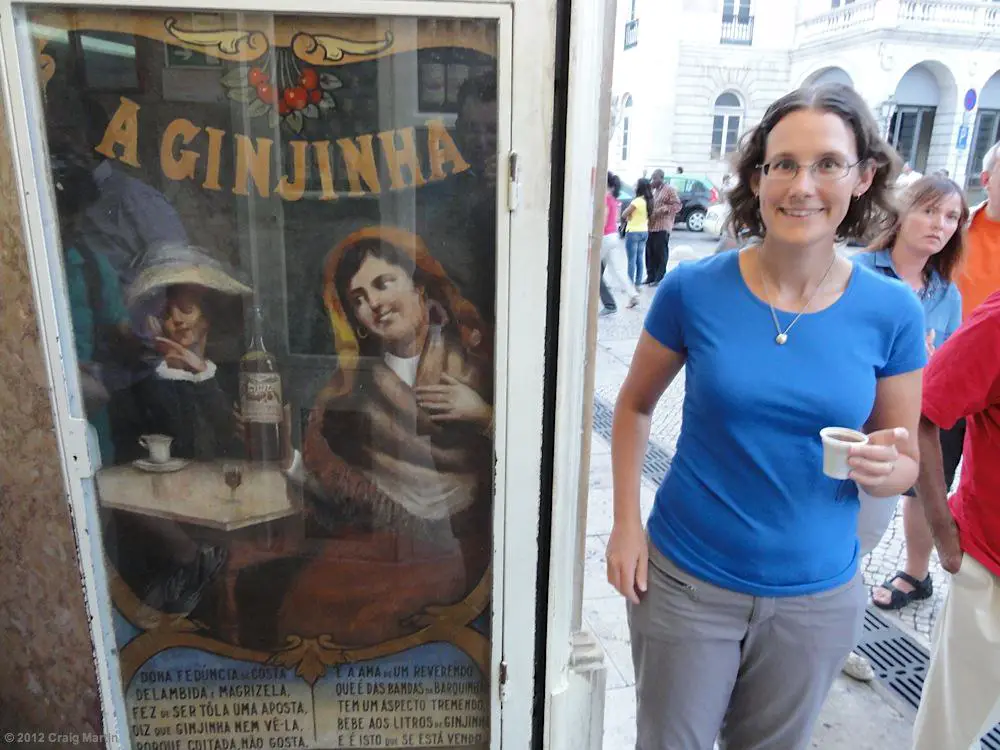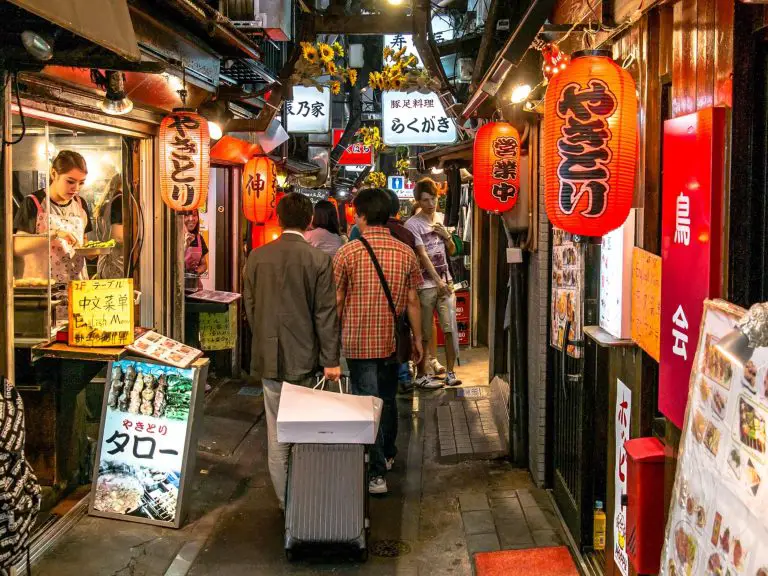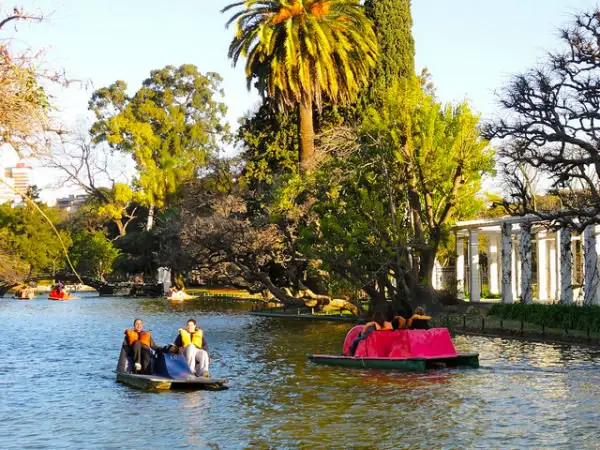Travel in Portugal – Lisbon and Faro
Lisbon, Portugal’s largest city, and Faro, the gateway to the Algarve, are well-linked by rail: experience fado, food, nature, and a chapel made from human bones, in the second #IndieRail travel podcast.
We visited these cities as part of #IndieRail — if you have ideas for our upcoming itinerary, please let us know here.
To listen, hit play below or find episode 251 in iTunes or Soundcloud:
Lisbon
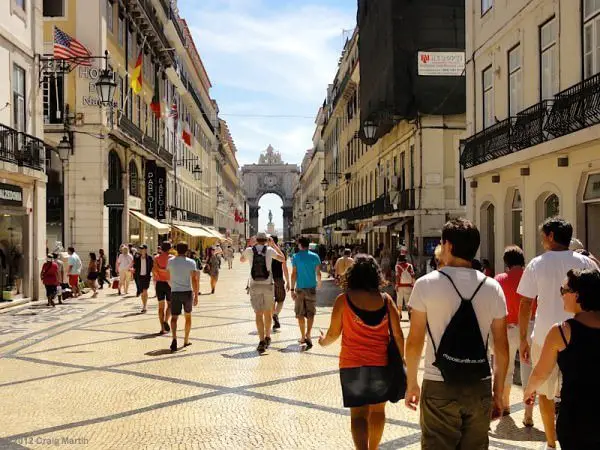
Lisbon was a real blast! We tried two tours of Lisbon, headed out to Belém for delicious pastéis de nata, went to an exhibition opening, and wandered around eating things: all in all, a great time.
Food and Fado
A large part of Lisbon was about the two “F’s”: Food and Fado. The first is self-explanatory — but do head over to Belém for the best little pastries in the country — and second is a simple, soulful music that fills the bars at night.
Museums, churches and galleries

We didn’t hit up the biggest galleries, but we did enjoy the National Pantheon, the ViniPortugal winetasting, the Fado museum, and the gallery opening of our Couchsurfing host’s sister. Pro tip: many of Lisbon’s museums are free on Sundays before 2pm, so it makes sense to stay there over the weekend and plan most of your gallery time then.
Places to wander
Lisbon is a city of many hills which run alongside a narrow valley. The “downtown” area is literally downhill from pretty much anywhere, and the squares of Restauradores and Rossio flow into several streets that lead to the Praza Commercio and the riverfront.
Each hill seems to contain its own distinct neighbourhood or two: Barrio Alto is quiet during the day, and a busy party area at night; the Alfama neighbourhood keeps its narrow, twisting medieval lanes; around Camões are high-fashion shops and stylish cafes; Belém has its monastery, famous bakery, and green spaces.
Faro
We’d seen the maps, but Faro was still much smaller than we expected. Since the central area can be explored in a day, we headed out to the Ria Formosa nature park with Formosamar, and had a ball. The medieval centre and the pedestrianised area around it is fun to visit though: we found two bone chapels, several small but interesting galleries, and a lunch that left us feeling like real gluttons.
Churches, bone chapels, and the cathedral
Faro has a high concentration of chapels and churches, each one interesting in its own way. The real show-stoppers are the two parts made of brick, plaster, and human bones — the exhumed bodies of monks for the most part.
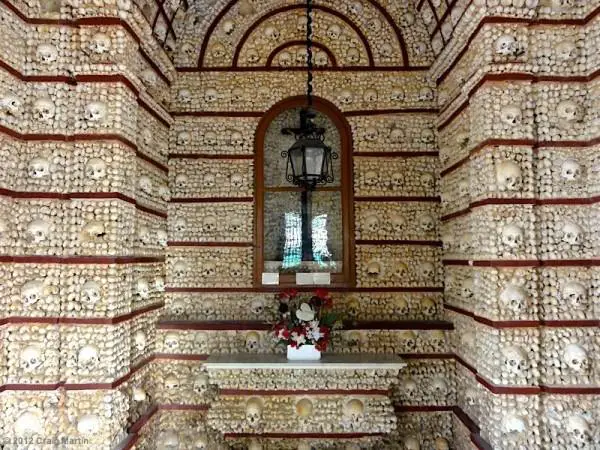
The Cathedral is within the old walled city, and the top of the bell tower gives you the best views in town: over the harbour, the waterways, and the old town. As well as a small religious art museum, there’s a small outdoor altar made from bones.
The other chapel is much more adventurous, with all four walls and the main altar made from stacks of femurs and fibulas, with a skull every now and again. It can be found inside the Carmo Church, where €1 gets you entry.
Eating and drinking

Carob is grown locally: we saw one tree in the Ria Formosa and decided we had to give it a go. We had been warned off the restaurants in the pedestrianised area by our Airbnb hosts as being overpriced and of dubious quality. However, we couldn’t resist stopping in at one café for their carob and lemon cake: it was delicious, especially when combined with an espresso.
We found Gengibre E Canelo, a buffet-style vegetarian restaurant which also served a great Douro white to go with it, but the culinary highlight was an un-named restaurant without a menu — just two options: meat or fish. You can read about how that worked out in our recent travel diary or hit the play button to hear how it all played out.
Ria Formosa nature park
Not being big pre-destination researchers, we had never heard about the Ria Formosa Nature Park until it was highly recommended on our IndieRail page. We jumped on a short guided tour with Barbara from Formosamar, and it was the highlight of our time in Faro. Flamingos, salt pans, herons, wetlands, swamp hens, tidal inlets: it was a short time, but filled with so many different environments and birds, reptiles, and fish: well worth doing, and Barbara’s biology background really helped us to understand it.

You can download this podcast for free by clicking here, and looking for episode 251, or by searching for “indie travel” in any podcasting app.
IndieRail is brought to you by ACPRail.com, providers of a wide range of rail passes and train tickets including Eurail, BritRail, Rail Australia, Japan Rail and more. Great pricing, friendly service. We’re glad to be working with them. Local day trips are provided by Urban Adventures. We’re sharing stories as they happen thanks to Droam: mobile data without boundaries. Check out our next destination…

